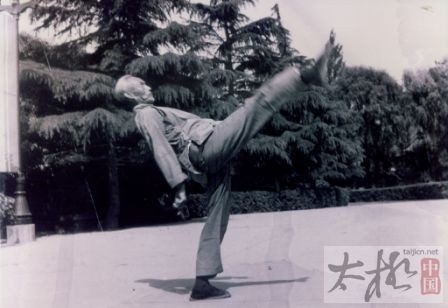jobo
Grandmaster
which video. jow vid is most definitely a stamp kick, he even practice stamping first to get the motor pattern.Judging by the video, I'd say no - it's different.
which then leaves us with the situation that either we are talking about two completely different kicks, in which case the whole debate is pointless OR jows point, that the kick demonstrated is not the best application of the kick and itrs better done as he shows.
we really need to know to make any progress



